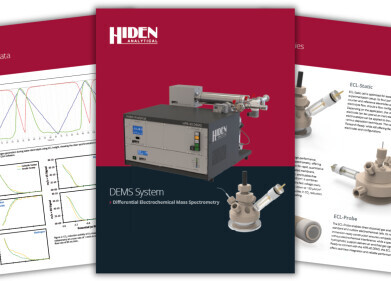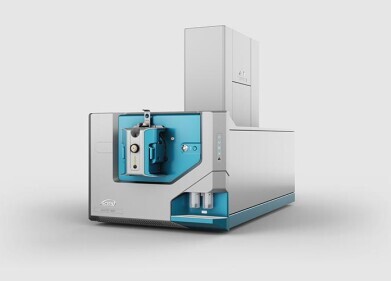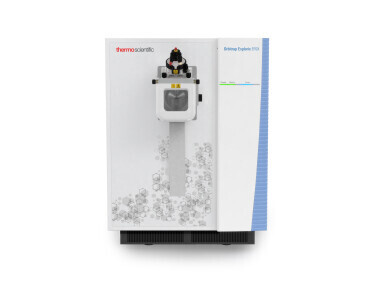-
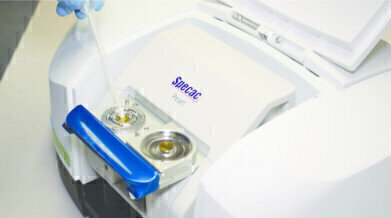
-
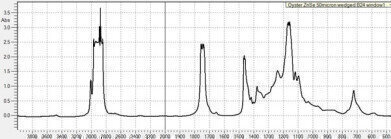 Olive Oil in a 50 microns pathlength wedged ZnSe Oyster Cell.
Olive Oil in a 50 microns pathlength wedged ZnSe Oyster Cell. -
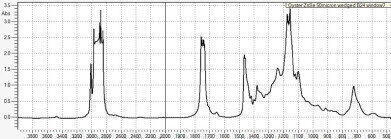 Corn Oil in a 50 microns pathlength wedged ZnSe Oyster Cell.
Corn Oil in a 50 microns pathlength wedged ZnSe Oyster Cell. -
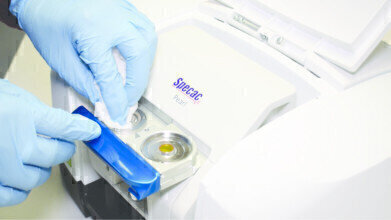
-
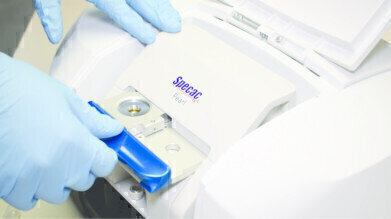
Mass spectrometry & spectroscopy
Lubricant, Olive Oil, Motor Oil - Test viscous liquids with the Specac Pearl
Jan 12 2016
The latest innovation from our Brit-lab engineers at Specac is The Pearl, a new liquid FTIR transmission analysis essential.
The Pearl houses all fluid consistencies, no mess and no fuss. With a pipette or with a syringe, users can introduce a liquid sample and clean up in seconds.
Today we’re specifically looking at the testing of viscous liquids such as oils and greases. This brief application note will go through The Pearl’s following processes and benefits:
- Introduce sample (quickly)
- Test sample (accurately)
- Clean Pearl (easily)
Introduction
Find a viscous liquid to sample. Don’t spill it. Pull out The Pearl’s sample drawer and open the Oyster Cell by lifting-and-tilting its upper window. With a pipette, introduce a small amount of the sample onto the lower window of the Oyster Cell. When you close the Oyster Cell, the liquid cavity is sealed between the top and bottom windows. Close and check through the top window for any bubbles or other visible sample imperfections. If you’re happy, close the sliding drawer and prepare to test. Done.
Testing
The lower window in the Oyster Cell is interchangeable. Changing this lower window allows you to choose an optimum pathlength and whether you’d like the two windows parallel to each other or at a wedged angle. A wedged angle guarantees no fringing pattern when you measure an empty cell.
In our example, we tested cooking oils. We used a Shimadzu IR Affinity spectrometer to collect data. 16 scans were obtained at 4m-1 resolution, using the DTGS detector for all samples run. We fitted the appropriate 50 micron or 100 micron pathlength wedged Oyster Cell, then tested the empty Oyster Cell to collect a reference background spectrum We changed the lower Oyster Cell window twice to adjust pathlength. Window assembly P/N GS33221 for 50 micron, P/N GS33222 for 100 micron.
Cleaning
Collect your spectral reading, open the sliding tray, open the hinged Oyster Cell by lifting-and-tilting the top window and wipe the Oyster Cell windows clean. Use a soft lens cleaning-type tissue, moistened with a suitable solvent if needed. Then wipe with a dry lens cleaning-type tissue. Now you’re ready for your next sample.
If only all cleaning was this easy. Get in touch for more info.
Final word
Most people dread setting up and cleaning up, but we’ve reduced those steps to moments. Just don’t spill oil on the floor, because The Pearl can’t fix that and it’s very slippy.
Please view our video
Digital Edition
Lab Asia Dec 2025
December 2025
Chromatography Articles- Cutting-edge sample preparation tools help laboratories to stay ahead of the curveMass Spectrometry & Spectroscopy Articles- Unlocking the complexity of metabolomics: Pushi...
View all digital editions
Events
Jan 21 2026 Tokyo, Japan
Jan 28 2026 Tokyo, Japan
Jan 29 2026 New Delhi, India
Feb 07 2026 Boston, MA, USA
Asia Pharma Expo/Asia Lab Expo
Feb 12 2026 Dhaka, Bangladesh

